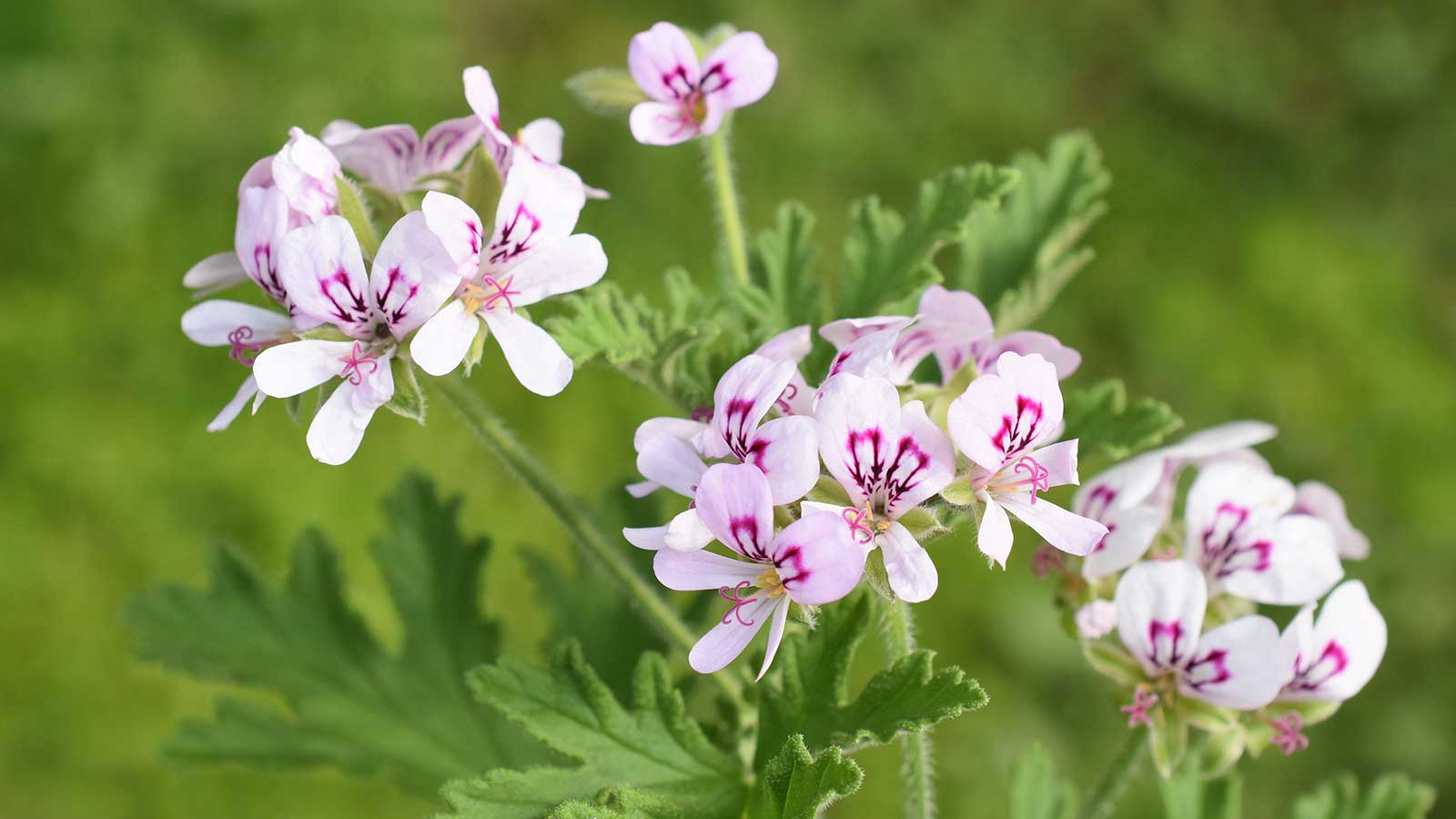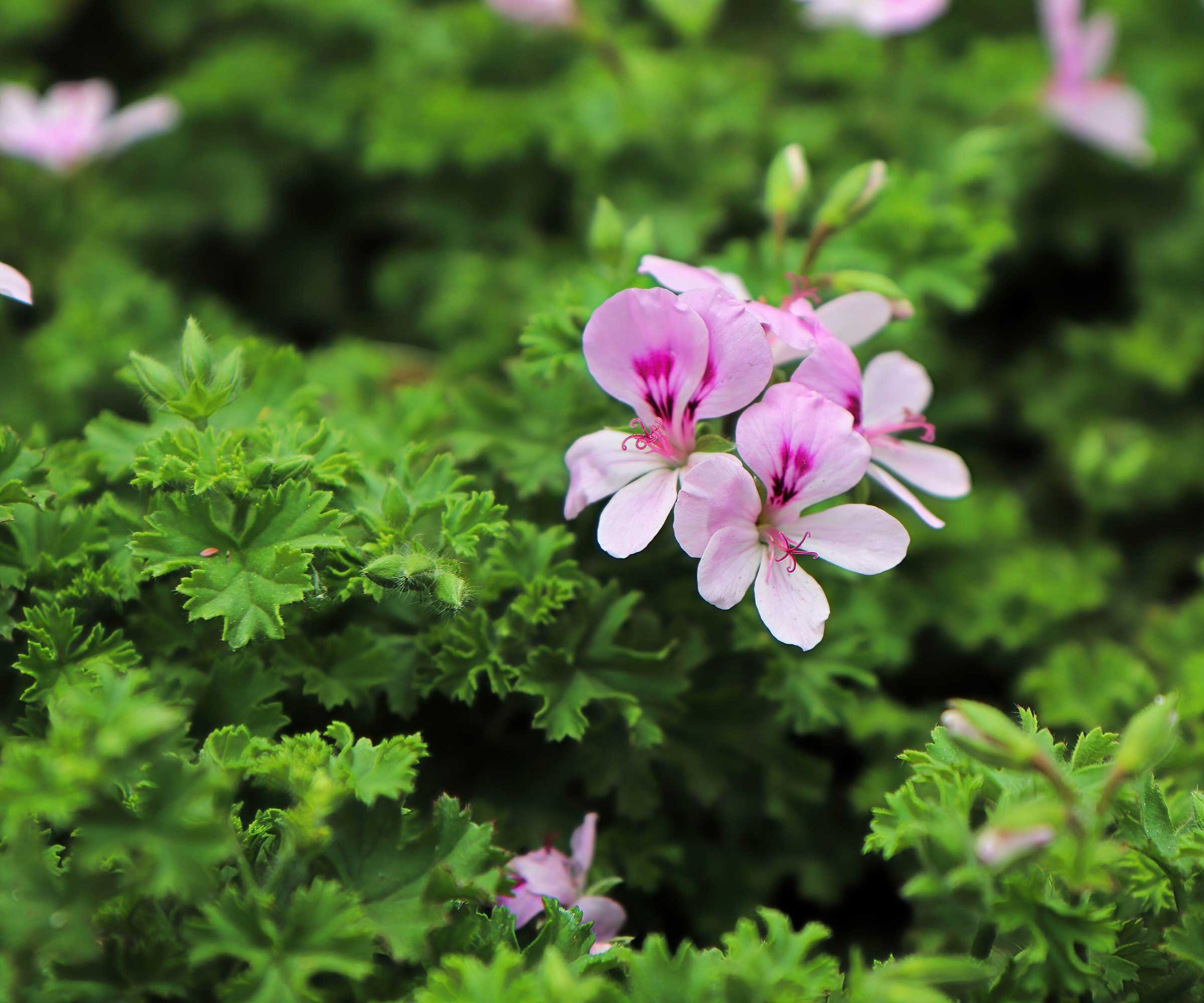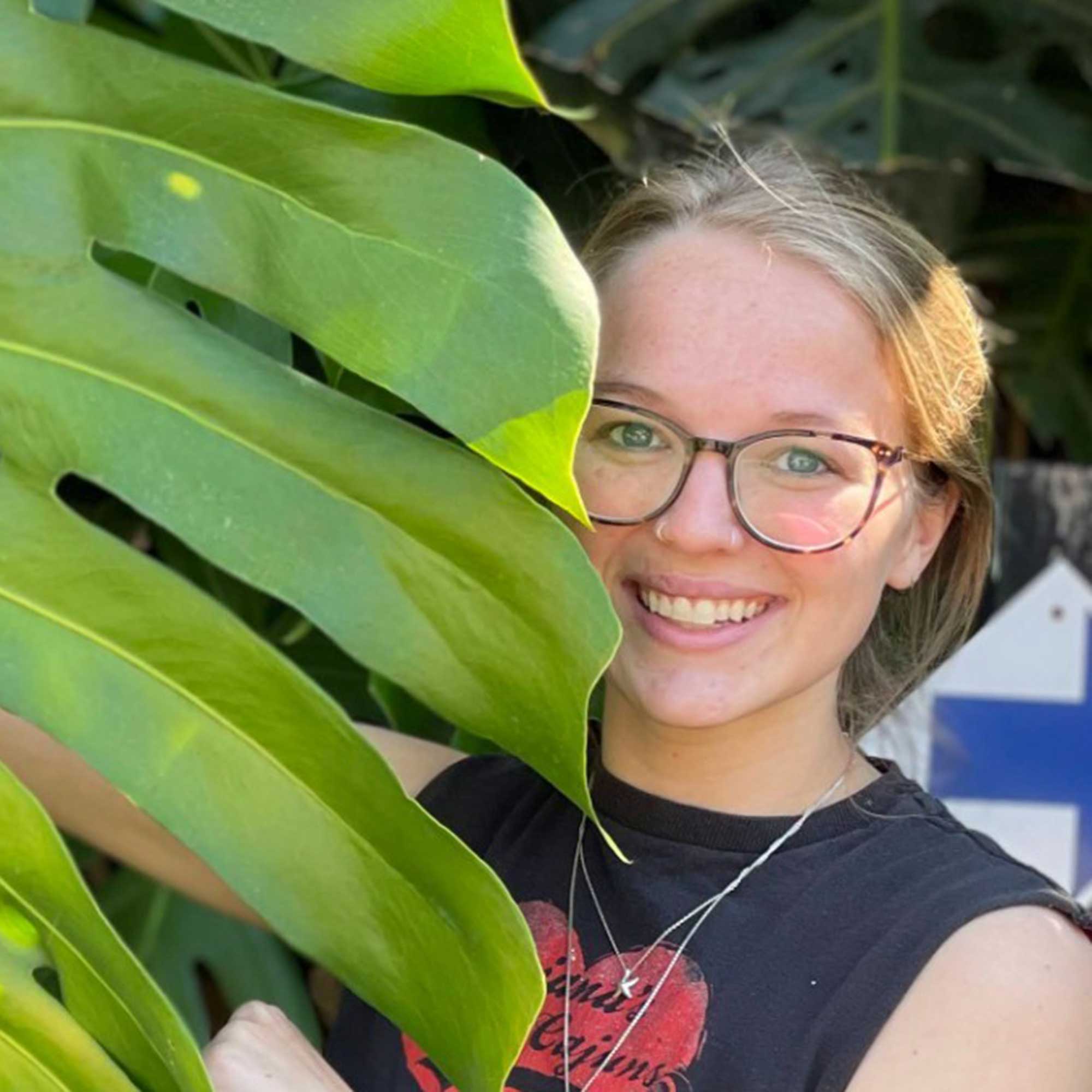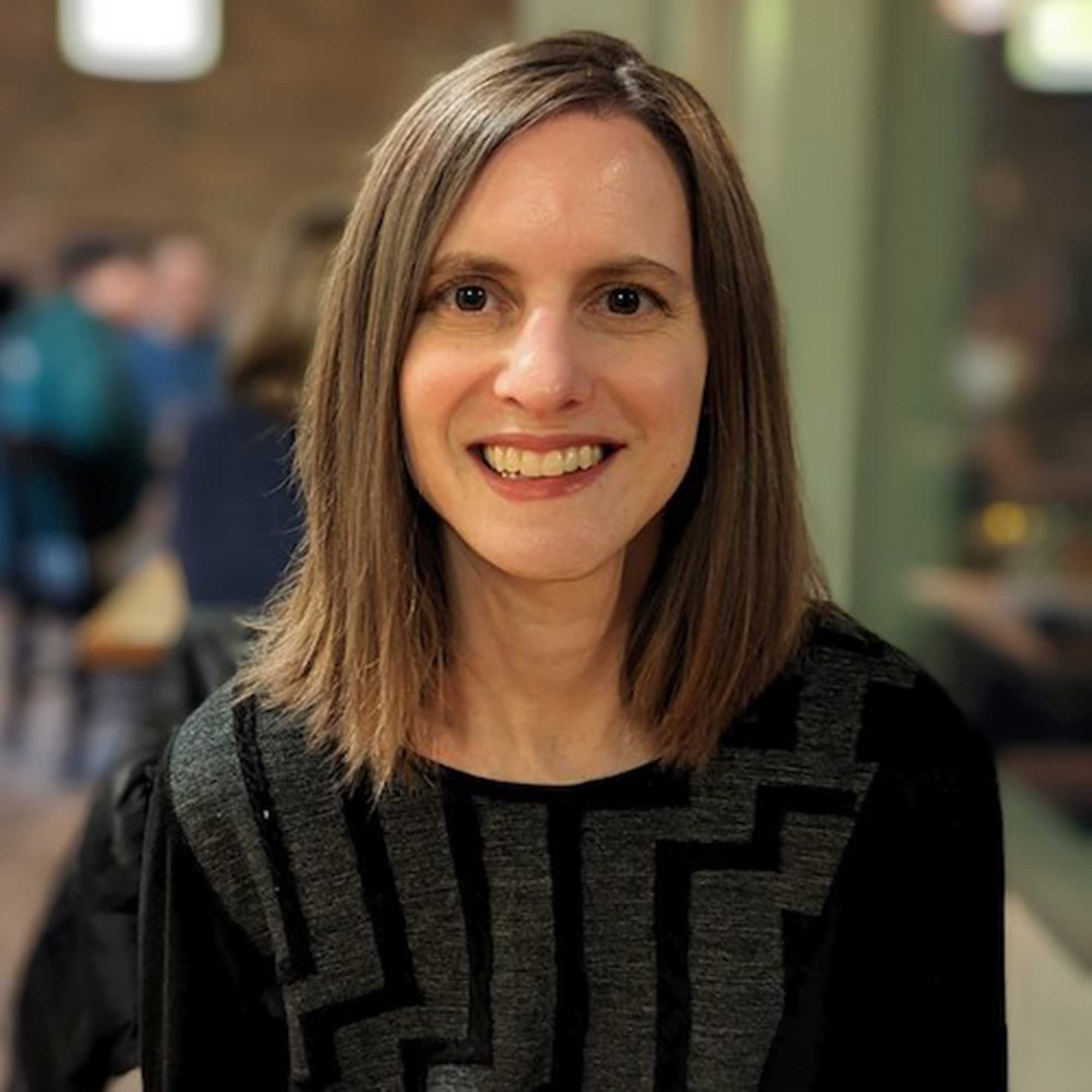How to grow citronella – expert tips for both indoors and outdoors
This pink-flowering, scented-leaf pelargonium makes a pretty addition to pots


Citronella plants are a type of pelargonium – which are sometimes referred to as scented geraniums. And, like all pelargoniums, they make wonderful container plants.
Also known as Pelargonium citrosum, they have attractive, crinkled foliage, which releases a citrus-like smell when crushed. Opinions are mixed on whether citronella plants deter mosquitoes due to this scent.
Either way, the delicate pink flowers make them a worthwhile consideration for any home or patio display, particularly if you're a fan of the pelargonsjuka trend.

These plants have clusters of pink blooms
Expert tips on how to grow citronella
From watering tips to how much sunshine to provide, the plant pros share their advice on caring for these fragrant beauties.
Tips for growing citronella plants indoors

Pelargoniums are pretty additions to a conservatory
Citronella pelargoniums are great for brightening up a windowsill in your home, but there are a few important factors to remember to help them thrive.
Watering houseplants correctly is always essential. Kiersten Rankel, an expert from plant-care app Greg, recommends letting the soil of your citronella plant dry out between waterings, as they don't like having their feet constantly wet. 'Stick your finger about an inch into the soil, and if it feels dry, it's time for a drink,' she says.
Yellowing leaves can be a sign of overwatering, she adds. 'One yellow leaf here and there is no cause for concern, but if many leaves start to turn at once or new leaves begin to yellow, let the soil dry out a bit more between drinks and your plant should perk back up.
'They love basking in the sun, so finding the right spot is key,' Kiersten continues. 'Indoors, place them near your sunniest window – a south-facing one is ideal. If you're blessed with tons of natural light, an east- or west-facing window will also do the trick.'
In terms of the best soil to use, Kiersten says a well-draining potting mix is perfect. 'You can even mix in some perlite or coarse sand to improve drainage,' she adds. You can shop for organic perlite from Perfect Plants Nursery.
Note: Citronella pelargoniums are not pet-safe houseplants, so bear this in mind when styling them in your home.

Kiersten Rankel is a certified Louisiana Master Naturalist and regularly volunteers with local community gardens and nonprofits to help restore critical ecosystems along the Gulf Coast. She earned her master's degree from Tulane University in Ecology and Evolutionary Biology after her undergraduate degree in Environmental Biology, also from Tulane. In her spare time, she enjoys hiking and tending to her 150+ houseplants and vegetable garden.
Tips for growing citronella plants outdoors

The leaves have an attractive shape
Citronella are charming options for patio pots, but it's essential to remember they are tender plants. This means, depending on your hardiness zone, you may need to overwinter these pelargoniums indoors. Jessica Mercer of Plant Addicts says, 'In areas with frost, they should be brought indoors when nighttime temperatures reach 45º Fahrenheit.
'In too much shade, citronella can grow leggy as it stretches for more light,' Jessica continues. She says they will grow best with at least six hours of direct sunlight. However, they will appreciate protection from hot afternoon sun, she adds – especially in southern climates.
Kiersten recommends making sure their pots have drainage holes. You don't want the plants to be sitting in a puddle after it rains, she adds.
'Keep an eye out for any munched-on leaves, as pesky critters like aphids and whiteflies love to snack on them,' Kiersten continues. She recommends giving them a quick blast with the hose or using an insecticidal soap to tackle them. The Garden Safe insecticidal soap from Amazon is a well-rated option, and comes as a ready-to-use spray.

Jessica Mercer, PhD, is the senior content marketing coordinator for Plant Addicts. As a 'plant collector', Jessica enjoys growing many different plants and learning about the best culture practices for each. Writing for Plant Addicts is a real joy for her, as she can use her science background to research interesting plant topics.
FAQs
Should you prune citronella plants?
Kiersten says, whether you're growing your citronella plants indoors or out, a bit of regular pruning will keep them looking their best. 'Pinch off any dead or yellowing leaves, and give them a gentle trim to encourage bushier growth.'
It's also worth deadheading pelargoniums, to promote more blooms.
What is citronella grass?
Citronella grasses (Cymbopogon nardus and Cymbopogon winterianus), are large, tropical, perennial types of grasses which contain citronella oil. This is used in types of mosquito repellents, such as citronella candles.
Looking for more aromatic plants to make a patio or balcony smell nice? There are lots of gorgeous fragrant flowers perfect for upping the ambiance of an outdoor space.
Sign up to the Homes & Gardens newsletter
Design expertise in your inbox – from inspiring decorating ideas and beautiful celebrity homes to practical gardening advice and shopping round-ups.

Holly started writing about gardening five years ago, and she is a regular contributor to Homes & Gardens. She has also written many gardening features for Woman & Home and Real Homes, too. She has previous experience as a professional gardener, where she helped to plant and maintain private gardens. Holly has also looked after allotment plots over the years and loves to grow her own flowers and veggies from seed. In her spare time, she enjoys visiting local gardens, botanical drawing, and tending to her ever-growing collection of houseplants.
-
 Jennifer Aniston’s bedroom is a ‘goldmine of simple sumptuousness’ – it’s 2025’s version of quiet luxury and so easy to recreate
Jennifer Aniston’s bedroom is a ‘goldmine of simple sumptuousness’ – it’s 2025’s version of quiet luxury and so easy to recreateThe actress's unique space features James Mont-designed lamps and a raised bed inside a walnut plinth – but you can recreate its understated sophistication
By Megan Slack Published
-
 How to keep chickens out of flower beds – 6 tried and tested methods that homesteaders swear by
How to keep chickens out of flower beds – 6 tried and tested methods that homesteaders swear byGive your flower beds a fighting chance by implementing these preventative measures
By Ciéra Cree Published